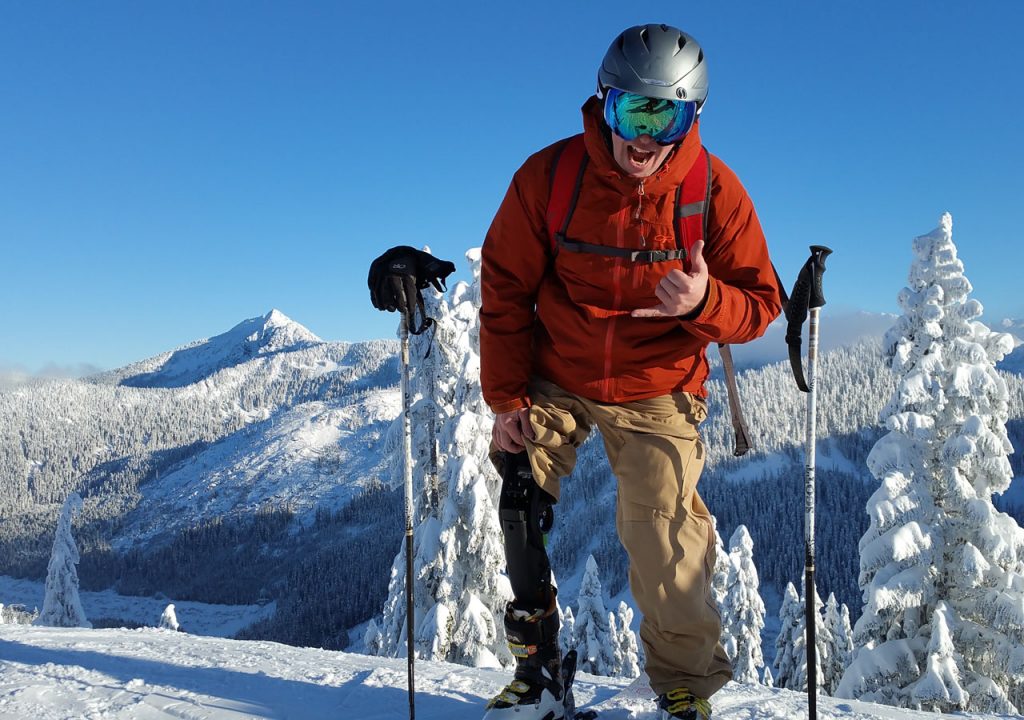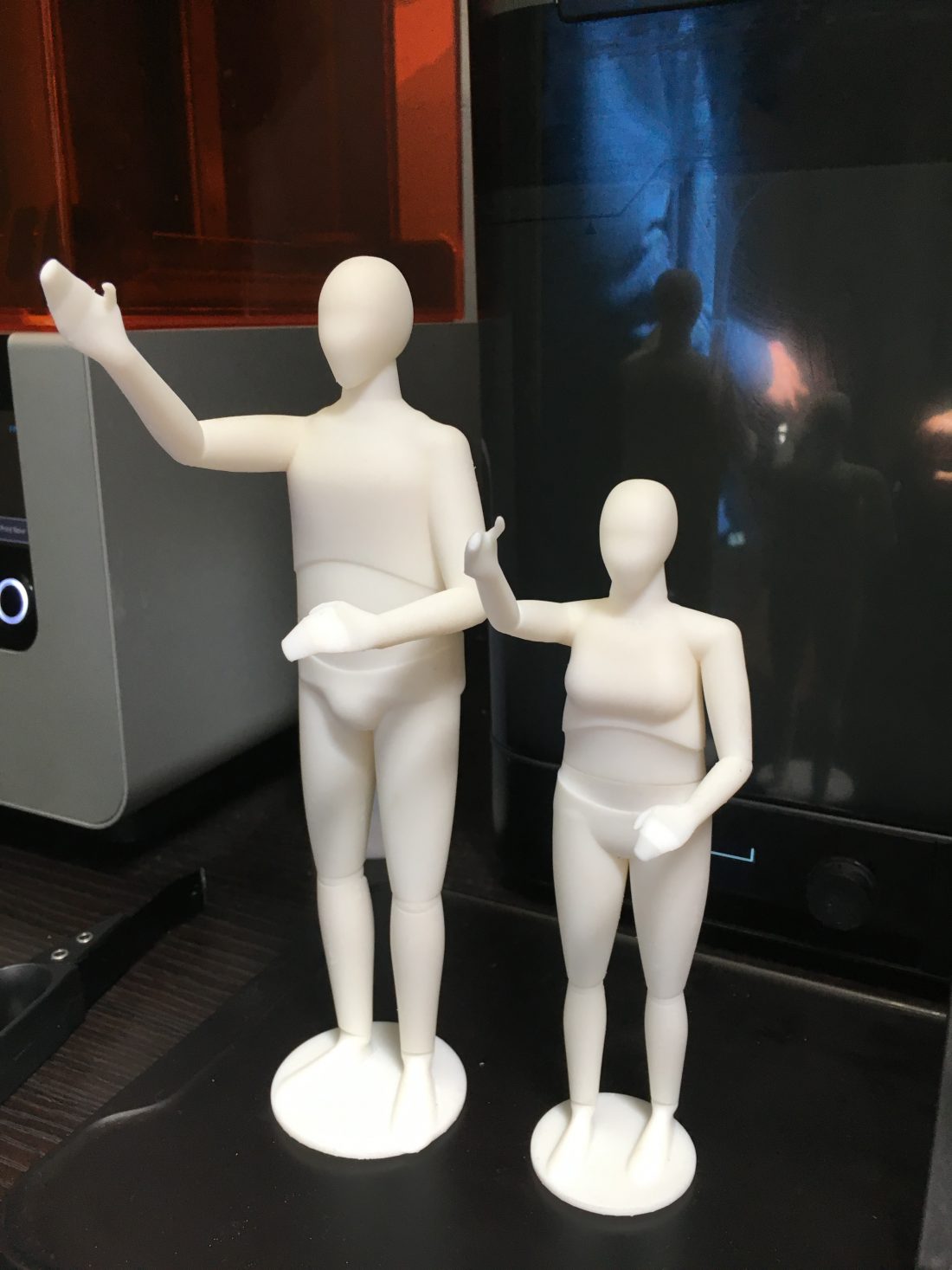Ergonomic Optimization

Human factors and ergonomics focus on the body’s relation to products, environments and processes to improve efficiency and comfort for the user. Human Scale is a collection of data that outlines the dimensions of the body and its movement in relation to space. At Pillar, we use this information to determine head sizes while designing helmets and goggles, grip diameters for hand tools, as well as locations for control panels so that users of all abilities and sizes have equal access. We use digital human models in our Solidworks CAD models to help validate dimensions before products are brought into the physical world and on occasion we 3D print scaled figurines for integration with prototypes.

In a partnership with Left Side Industries, we developed the Crossover Knee, a prosthetic knee designed with a focus on outdoor activity and sports. Left Side Industries wanted to create an entry level prosthetic for above the knee amputees that would allow them to participate in the activities they loved pre-amputation. With the aid of Human Factors, Pillar was able to meticulously engineer the Crossover Knee to feel as natural as possible. In order to benefit the most people possible, the Crossover Knee was designed to have a compact form factor, accommodating both shorter and longer legs. Weight played an important role in replicating the swing of a leg when walking and rubber tendons were introduced to provide the same resistance that body tendons create. Together with Left Side Industries, the Crossover Knee has allowed countless individuals to participate in action sports and continue doing the activities they love.
More recently, we completed the re-design of a shared workstation that was one of our biggest ergonomic challenges yet. In our initial field-research we found that the current “one size fits all” station was unable to accommodate the spectrum of users’ body dimensions. While a tall man may be able to reach a high shelf with ease, a shorter woman had to stand on the tips of her toes to complete the same task. Over the course of a day, repeating actions outside of the body’s comfortable movement zone can lead to time inefficiencies, increased error rates, and cause strain-related injuries. Through ergonomic analysis and solution development, we were able to create a design that adapted to the user’s body using adjustable table heights and positional components that placed high-use items inside of the comfortable reach of 99 percent of individuals. Our hope is that these design changes will optimize time while reducing harmful body movements.



